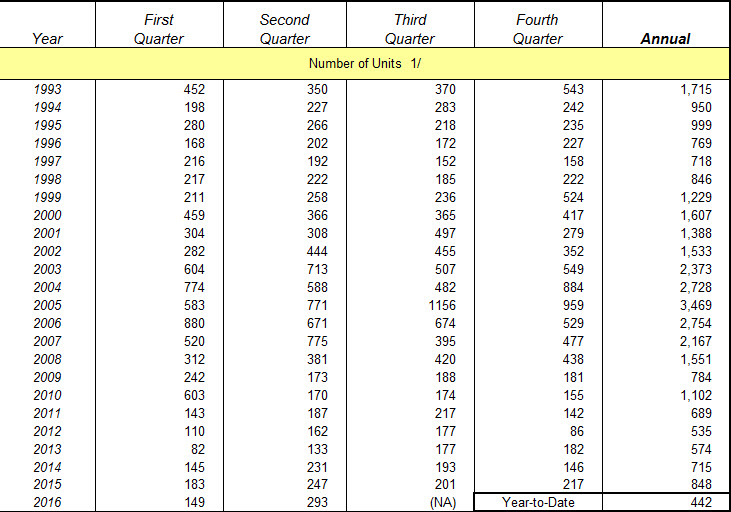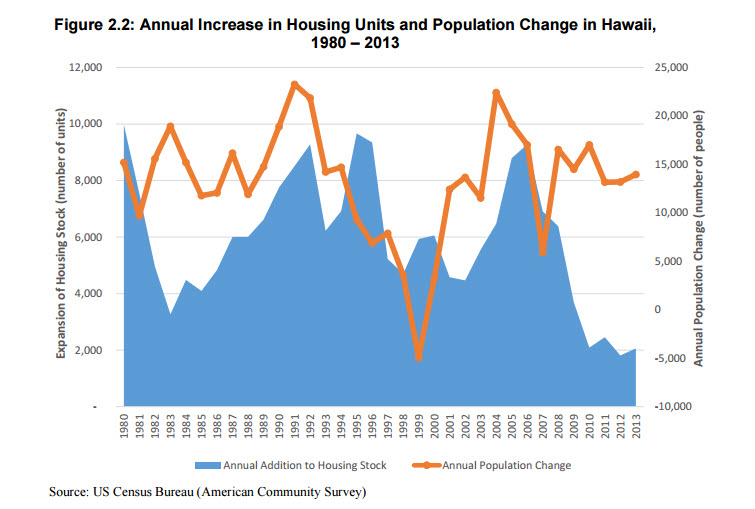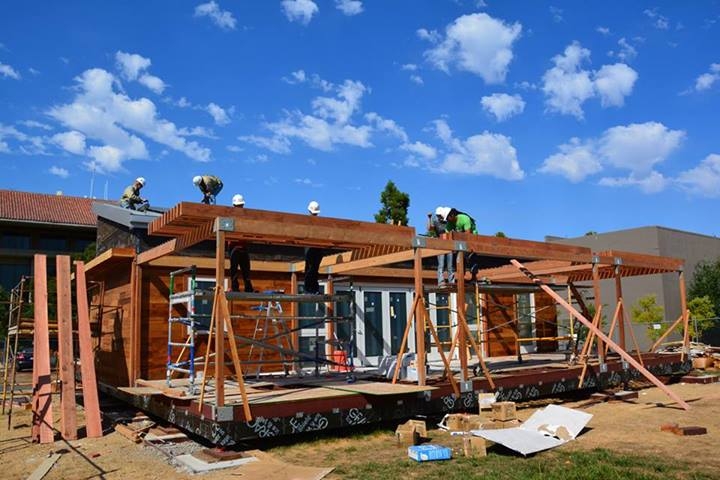Big Island Building Modest Amid Housing Shortage
By Nate Gaddis, Hilo Brokers, Ltd.
Is it a great time to be a builder? That depends on who you ask. But according to both national and state-level statistics, it’s most certainly a better time.
As a recently released report by the National Association of Home Builders notes, builder sentiment (measured nationally) surged 10% in September, climbing from 59 in August to an impressive “65” rating on the association’s HMI index.
That marks the highest level in almost a year.
After hearing anecdotal reports from both contractors and would-be homeowners about a surge in home building, Big Island Now decided to take a look at how far local construction activity has come since the post-2006 real estate crash.
Overall, the number of building permits issued in Hawai‘i County has risen to a level even higher than that seen in 2006.
The state Department of Business, Economic Development and Tourism’s Hawai‘i State Databook shows that the number of permits issued fell from 5,184 in 2006 to 2,603 in 2011, before recovering to 5,426 in 2015—a dramatic turnaround.

The overall number of building permits issued in Hawai‘i County has surpassed its previous 2006 high. DBET chart.
So are we in the midst of another construction boom, or even a housing bubble?
The numbers listed include permits for alterations and additions.
Digging deeper, it’s hard to say that home building activity is anywhere near 2006 levels.
A separate DBET report shows that the number of “authorized” private residential permits (houses) hit 848 in 2015. That’s a marked improvement from a 2005 low of 535, but a far cry from the 3,469 private residential permits approved in 2005.
As for 2016, that number stood (as of mid-year) at 442.

Residential home construction has improved dramatically since 2010, but is nowhere near its 2006 highs. DBET chart.
The state’s relatively modest post-recession growth in home construction appears to be exacerbating a shortage of housing inventory. As we reported a few weeks ago, multiple Hawai‘i County districts are seeing median home values approaching their previous 2006 highs.
Although there is no way of predicting how long prices will continue rising, or how long it may take for builders (and our county government) to catch up with current housing demand, a chart from yet another DBET study paints a pretty dramatic picture.

As this DBET graph shows, housing construction and population growth have been mismatched since 2008. DEBT chart.
According to DBET’s 2015 report, “Measuring Housing Demand in Hawaii,” while the state has seen a surge in population growth since 2007, the number of new additions to the state’s housing stock plunged after 2008, with only a modest recovery seen over the last four years.
This has led to, in DBET’s words, “an increasing gap between annual population growth and housing supply growth,” the result of which has been “continued housing price increases…”
That same study predicts a 29% increase in Hawai‘i County’s population between 2015 and 2025, the highest growth rate of any county in the state.
















